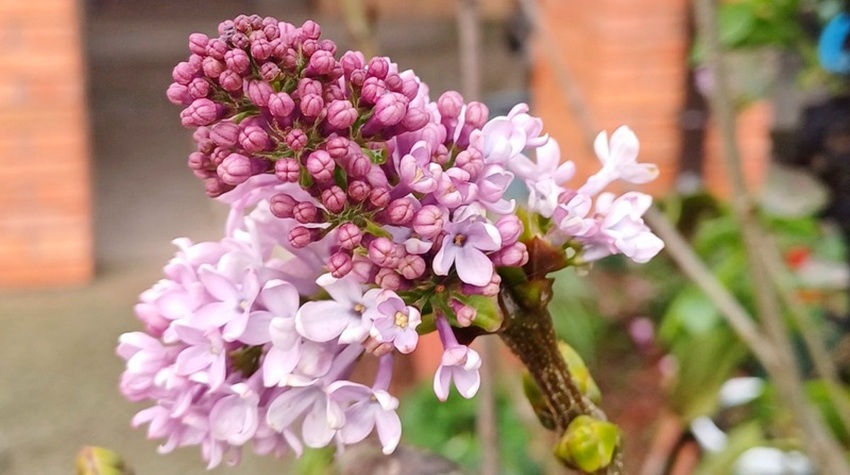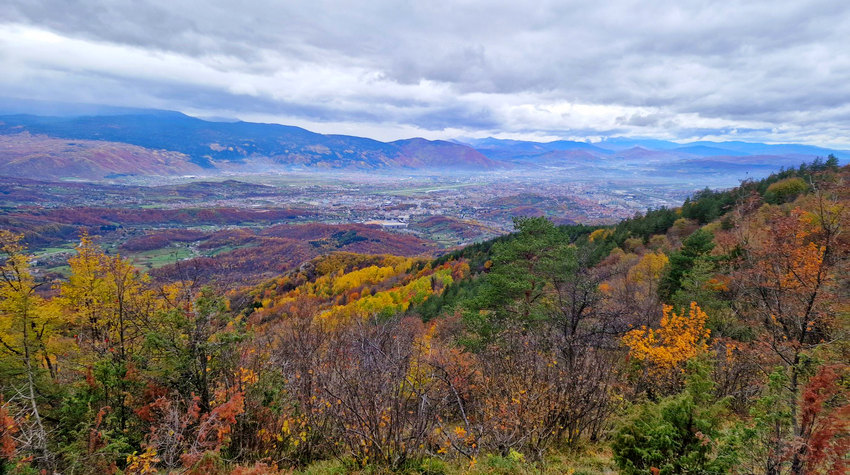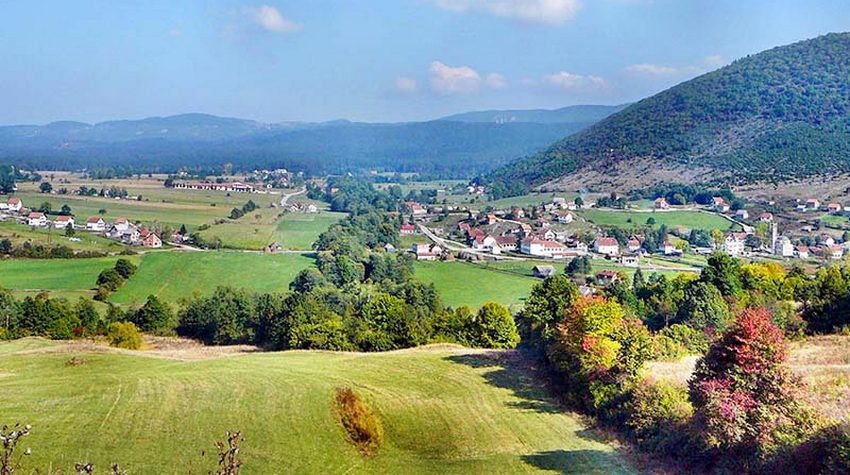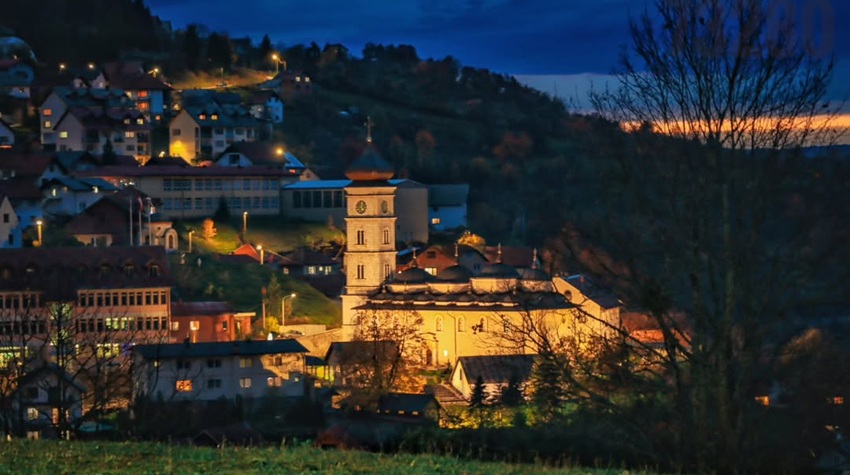WHY ARE LOW TEMPERATURES ESSENTIAL FOR FRUIT TREES?
Low temperatures during winter dormancy are not just crucial for fruit buds but also for vegetative buds, enabling the growth of new shoots.
In local agroecological conditions, the winter dormancy of fruit trees begins with the massive leaf fall in late October and early November, ending in the first half of March when the trees enter the vegetative phase. The increase in bud size and the separation of protective, scaly leaves are clear signs of the end of this period, according to Agroklub.ba.
Although fruit trees appear dormant during winter, nearly all physiological processes continue at a reduced intensity. Even without leaves, the tree's roots absorb water and minerals, while processes like respiration, synthesis of organic matter, and transpiration occur in other parts of the plant. In generative (fruit) buds, the development of flower precursors continues, while in vegetative (wood and leaf) buds, the formation of new shoots and leaves progresses.
This period is also marked by complex hormonal transformations, which are critical for the normal functioning of fruit trees in the upcoming growing season.
TWO PRIMARY PHASES OF WINTER DORMANCY
The winter dormancy of fruit trees is divided into two main phases: natural, true (biological or deep) dormancy, and forced (ecological) dormancy. The transitional phase between the vegetative period and winter dormancy is known as initial dormancy.
Fruit trees are most resistant to cold during the deep dormancy phase. During this time, the tree's organs contain minimal free water and higher amounts of carbohydrates, which act as a natural "antifreeze." Depending on the species, most deciduous fruit trees can withstand temperatures between -15°C and -20°C without significant damage. Cherries, for instance, can endure temperatures as low as -40°C during deep dormancy.
FROST TYPES AND PLANT PROTECTION
After deep dormancy, the forced or ecological dormancy period begins, during which only unfavorable air temperatures prevent the tree from starting its vegetative cycle. Once the environment warms up—including both air and soil—the tree enters its growing phase.
During ecological dormancy, a particular danger arises from the alternation of sunny, relatively warm winter days and cold nights, where air temperature differences can span several dozen degrees Celsius. Under such conditions, sap begins to flow during the day, especially on the southwestern side of the tree, but freezes overnight, causing the bark to crack longitudinally. This phenomenon is known as "frost cracking."
In prolonged and warm autumns, the leaves of deciduous fruit trees fall later than usual. As a result, the tree's tissues are less prepared for winter cold, making them more susceptible to freezing.
WHY DO PLANTS NEED FROST FOR GROWTH?
Fruit trees require a specific duration of cold during winter dormancy to properly complete the development of fruit buds. If this need for cold is not met, flowers tend to fall off in the spring. Vegetative buds also need a certain amount of cold to develop shoots.
The duration of cold exposure is measured by the number of hours during which air temperatures remain below a specific threshold. For most fruit species, this threshold is referred to as the "inactive temperature," generally below 8°C.
Source: Agroklub.ba



.jpg)









